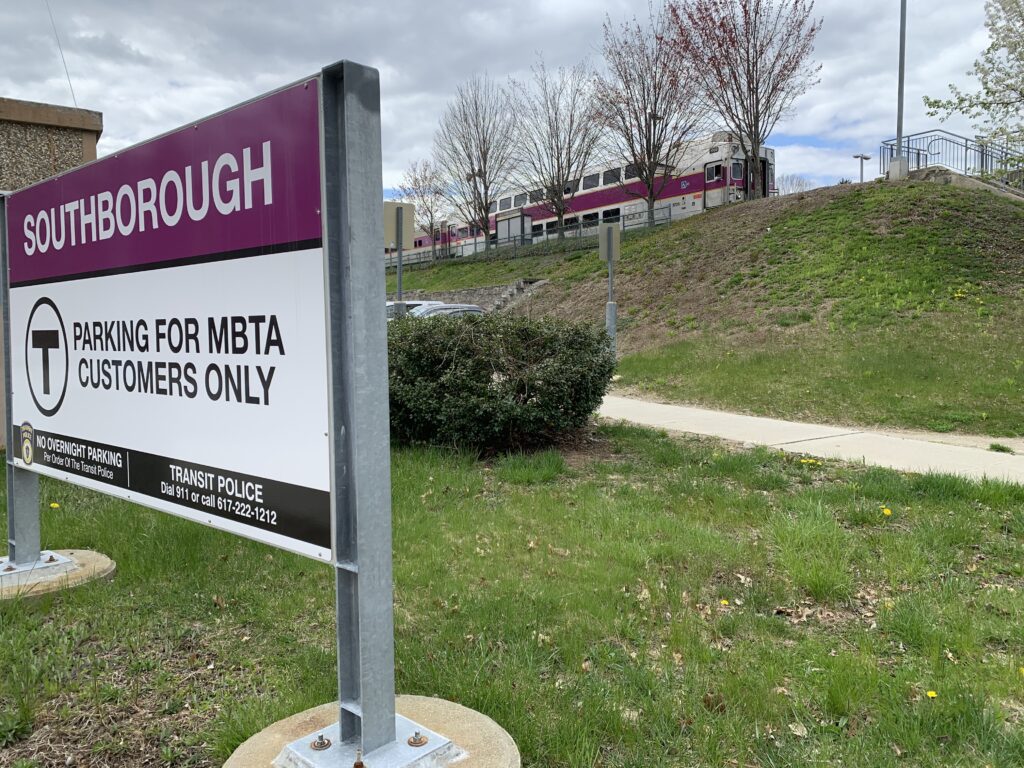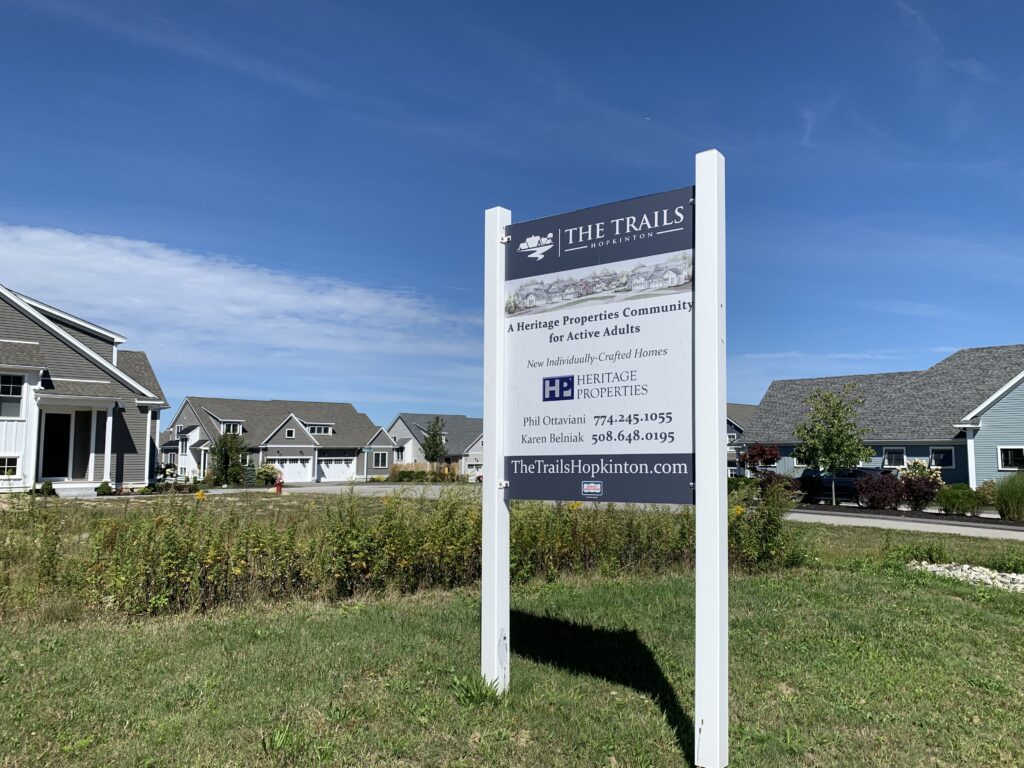The Planning Board at its hour-long meeting Monday night reviewed some proposed zoning articles that will be discussed at Zoning Advisory Committee (ZAC) public input session next Monday.
Principal Planner John Gelcich drafted the language for the potential changes, which mainly focuses on a codified affordable housing requirement of 10 percent for new developments and a requirement for new or modified parking lots to have the capability for electric vehicle charging stations.
“The first meeting of ZAC is always an important one that helps tee up topics and things that they want to tackle for next year’s Town Meeting,” chair Gary Trendel said as he encouraged Planning Board members and the public to attend and offer suggestions.
Flexible community bylaw
Gelcich first discussed a potential change to the existing flexible community bylaw. He crafted this language in response to the MBTA Communities Act, which is requiring denser multifamily unit dwellings in municipalities served by or adjacent to MBTA stations.
Under the current bylaw, affordable housing units would not be counted toward the amount required by the MBTA Communities Act because they were not built by right, Gelcich explained.
“The way that our bylaw was written, it requires a special permit for affordable units to be approved essentially,” he said. “The reason why that was is because there was a density bonus allowed, and if you have the density bonus, essentially we put it through a special permitting process.”
Because no one uses the density bonus option, the new language removes the requirement for the special permit. Instead, if 10 or more units are built in a new development, every 10th unit would have to be affordable by right. This would require an MBTA Communities Act development to have an affordable housing component.
“It’s basically exactly what we do in practice,” Gelcich added. “It’s just making it a little bit simpler.”
A special permit would be required in two cases, he said. The first is if a developer wanted to locate the affordable units off site, while the second is if a developer decided to offer a payment in lieu of taxes (PILOT) instead of providing affordable units.
“The Planning Board, to deny a special permit, has to have pretty strong grounds to do so,” Trendel added.
“The whole goal of affordable housing is to be mixed all over the place,” Gelcich said, noting that it is “an inclusionary bylaw.”
Added Gelcich: “It’s our opinion, or at least it’s my opinion, that they should have a good reason why their development shouldn’t have affordable housing.”
Trendel asked how the dollar amount for PILOT is determined. Gelcich explained that there are three components in a formula provided by the state’s Department of Housing and Community Development that are used. They include the area median income (AMI) for the region, updated interest rates and homeowners association (HOA) fees.
Member Paul Ostrander asked if the PILOT was “an easy scapegoat” to allow a developer to pay less than the cost of building affordable units.
Gelcich noted that the calculation is based upon a metropolitan statistical area. As an example, he said that Braintree and Hopkinton are in the same metropolitan statistical area. However, housing in Braintree is cheaper than in Hopkinton, so that affects the rate unless it’s “done at a hyperlocal level.”
“Should it be more?” he continued. “I think so.”
Electric vehicle charging requirements
A new bylaw would require parking that is either equipped to charge electric vehicles or “EV ready” in new parking lots. Gelcich said that any parking lot greater than five spaces would be required to have one electric vehicle charging station or two that are “EV ready.”
“EV ready” means that the infrastructure is in place to mount an electric vehicle charging station so that a developer would not have to tear up a parking lot to install a conduit later as the demand for charging stations increases.
This requirement would not apply to existing parking lots unless there is a modification to the site plan, he added.
“We figured this gave developers enough flexibility that they wouldn’t be up in arms because they wouldn’t actually have to pay for a charging station,” Gelcich explained. “They just have to put in the infrastructure.”
Trendel pointed out that the charging capacity may change as cars become more dependent on electricity.
To that point, Gelcich said that there are three levels of charging capability. The highest level is DCFC, which can charge a full tank in 45 minutes or less. Level 2 is reasonably fast, while Level 1 is “basically a house plug.” Level 1 would not be allowed to be installed. DCFC would more likely be at rest areas, while Level 2 would be used at workplaces or apartment buildings. Developers will be more inclined to install EV infrastructure as they see an uptick in demand.
DeYoung asked if other area towns are doing this or if Hopkinton would be “on the cutting edge.”
There are only a handful of municipalities in the state that use this kind of requirement now, including Boston and Brookline, which is the most progressive community.
“We would be leading the charge, which I am OK with,” said Gelcich, not realizing the pun at first.
Rooftop solar clarification
A more minor change would clarify language by stating that rooftop solar equipment is not considered mechanical equipment, Gelcich explained. Previously, he said people were deterred from purchasing and installing rooftop solar equipment because they believed it would require a site plan review as mechanical equipment. It already is allowed as an accessory use, and a site plan review is unnecessary. This bylaw would not apply to ground-mounted solar panels.
Trendel noted that, since this hasn’t arisen as an issue, this change might be considered “a nail looking for a hammer.”



















0 Comments